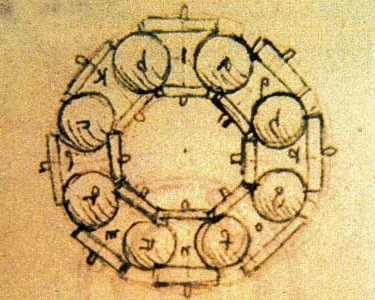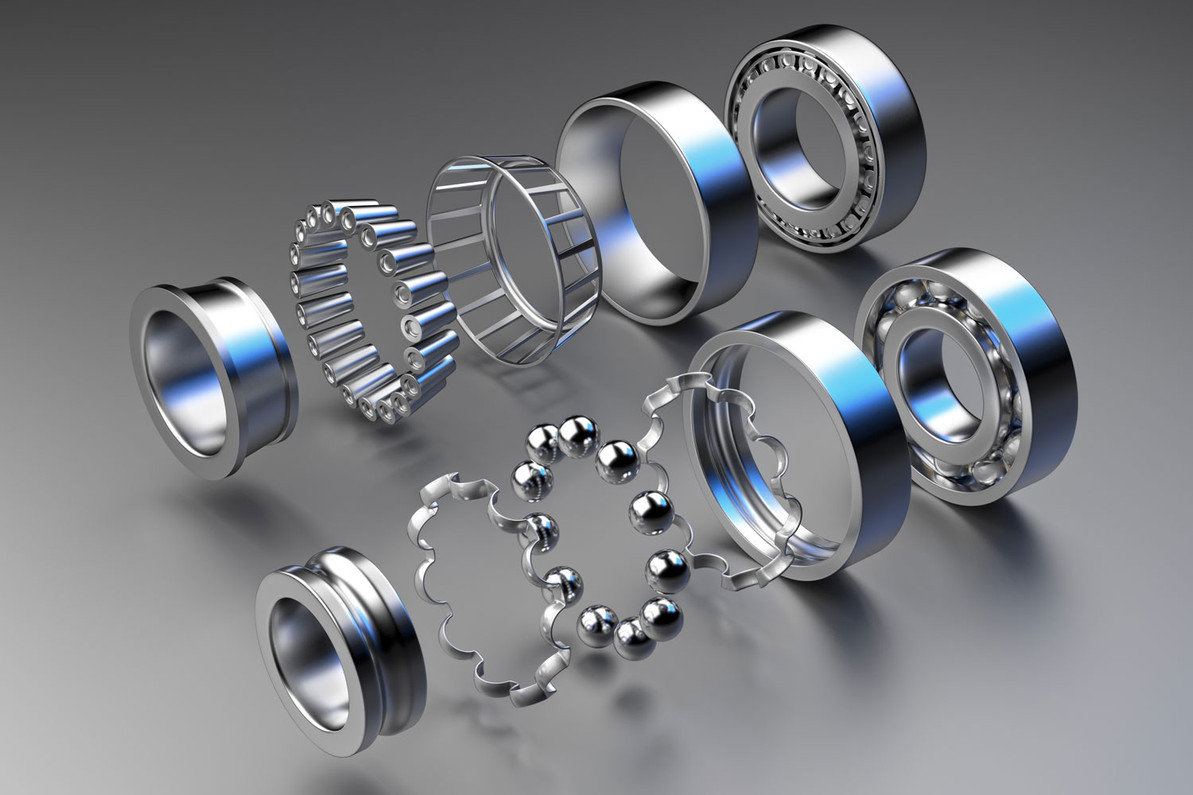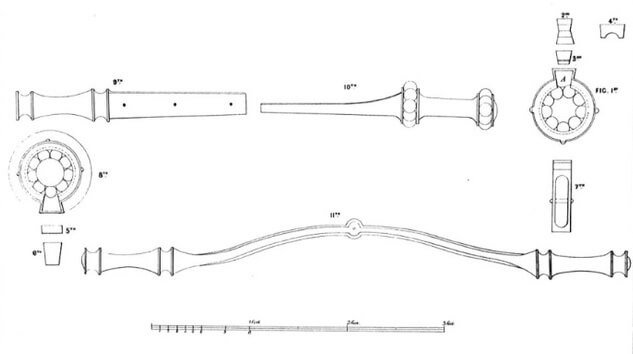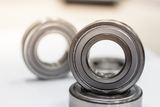The History of Bearings
Modern day bearings are a part of everyday life that most people aren’t even aware of. The concept of employing a bearing to diminish friction between an object and the surface it traverses, effectively "bearing" the load, dates back almost as far as human civilization itself. Now bearings are used in any application that has a rotary motion; from CNC Machines and aeroplanes, to bicycles and computer fans. This blog explores the origin and history of bearings.
In modern industry, bearings play a pivotal role, serving as the unappreciated cogs that facilitate smooth motion and reduce friction. From ancient civilisations to the advanced technological landscape of today, the evolution of bearings has been a journey marked by innovation, ingenuity, and relentless pursuit of efficiency. Discover the rich history of bearings, as we explore their origins and the milestones that have shaped their development.
Ancient Beginnings
The origin of bearings began thousands of years ago, with evidence suggesting their existence in ancient civilizations such as Egypt and Mesopotamia. Early civilizations used primitive forms of bearings, often made from materials like wood, stone, or animal hides, to facilitate the movement of heavy objects with reduced friction. These rudimentary bearings laid the groundwork for the technological advancements that would follow in the centuries to come.
The first sign of a bearing, however simple, was found to belong to the Roman Empire, around 40AD. It is rudimentary in style and thought to have been used to circulate food around a table. Essentially it’s our modern day Lazy Susan bearing.
Medieval Advancements
Fast forward about 1450 years and you find the first hint of the modern day bearing. During the Middle Ages, advancements in metallurgy and craftsmanship led to significant improvements in bearing design and functionality. Iron and bronze became the materials of choice for bearings, offering greater durability and load-bearing capacity. The Middle Ages brought innovations such as the invention of the wheelbarrow and watermill showcased the practical applications of bearings, driving further experimentation and refinement.
Interestingly, there is one famous historical figure who many claim to have had an impact on bearings history. Although there is no evidence of his direct involvement in bearing invention or contribution to their advancements, Leonardo da Vinci's studies in mechanics undoubtedly influenced subsequent engineers. Ultimately, his innovative thinking helped to shape engineering, impacting the evolution of bearings and other mechanical devices that are still used today. He designed a machine he believed would allow 4 people to fly/float through the air. His design was like a modern-day helicopter, but this was 450 years before the first helicopter ever took flight.

(Leonardo da Vinci's illustration of the modern ball bearing)
The Industrial Revolution
The dawn of the Industrial Revolution in the 18th century brought about a revolution in bearing technology. With the rise of steam power and mechanised production, there was a growing demand for reliable and efficient bearings to support the burgeoning machinery of the era. The first patent for a modern ball bearing, like we know today, was in 1794 and was granted to a Welsh inventor, Philip Vaughan. His design incorporated the modern ball bearing, almost unchanged for over 200 years, and a design that would revolutionise countless industries and pave the way for future innovations.
Vaughan was also an Ironmaster, so you can imagine that this would come in handy when perfecting his design. As we look back at the bearings origin and the lengthy history of bearings it is hard to understate the impact that Philip Vaughan had on industrial machinery today. This was to play a great role as time progressed and bearings developed in the 20th Century.
(Philip Vaughan Ball Bearing Patent)
20th Century Innovations
The 20th century witnessed a flurry of advancements in bearing technology, driven by rapid industrialisation and the demands of modern engineering. The introduction of roller bearings, tapered roller bearings, and thrust bearings expanded the capabilities of machinery, enabling higher speeds, heavier loads, and greater precision. World War II served as a catalyst for innovation and was a notable milestone in the history of bearings. In the Second World War, bearings played a critical role in military equipment such as tanks, aircraft, and naval vessels.
Digital Age and Beyond
In the digital age, bearings continue to evolve alongside advancements in materials science, manufacturing techniques, and computer-aided design. Ceramic bearings, polymer bearings, and other specialised variants offer enhanced performance in high-speed, high-temperature, and corrosive conditions. Moreover, the creation of Industry 4.0 and the Internet of Things (IoT) is driving the development of smart bearings equipped with sensors and monitoring capabilities, enabling predictive maintenance, fault self-identification and optimising machine performance.
As we look back at bearings history, it is clear humanity has come a long way with our bearing designs. These designs allow for further invention and exploration as we grow and develop all over the world. In the modern age, there are so many different types of bearings. At Quality Bearings Online, we have more than 25 different bearing categories, and that does not include products like adaptor sleeves and lock nuts that are equally as important. With modern technology, and precision engineering, we are now able to adapt and create bearing with specific purpose with extreme precision.
Looking to the future, the role of bearings in powering the machinery of industry and commerce will only continue to grow, with innovations driving further advancements and pushing the boundaries of what is possible. With ongoing research and development efforts focused on improving sustainability, efficiency, and reliability, bearings will remain at the heart of countless applications, from automotive and aerospace to renewable energy and beyond.
With modern technology, and precision engineering, we are now able to adapt and create bearings with specific purpose with extreme precision. Interested to learn more about The Future of Bearings: Emerging Technologies and Trends, discover our latest blog.
Recent Posts
-
An Ultimate Guide to the Different Types of Bearings for Industrial Use
In the industrial world, bearings play a pivotal, yet often understated role. Essentially, t …24th Jul 2024 -
How to Choose an Industrial Bearings Supplier
Bearings are used in a wide variety of applications. From the prevalence of ball bearings in a …1st Jul 2024 -
How to Remove Bearing Seals and Shields Without Causing Damage To The Bearing
Bearing seals and shields have an important role to play in protecting your bearings from dust an …17th Jun 2024
























